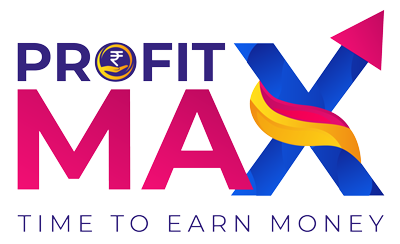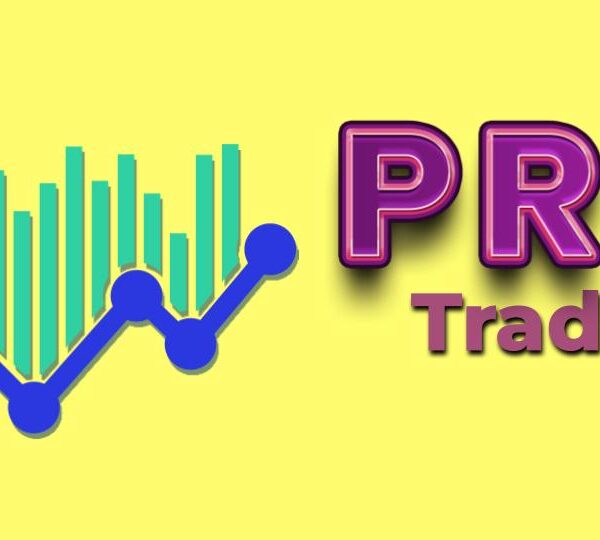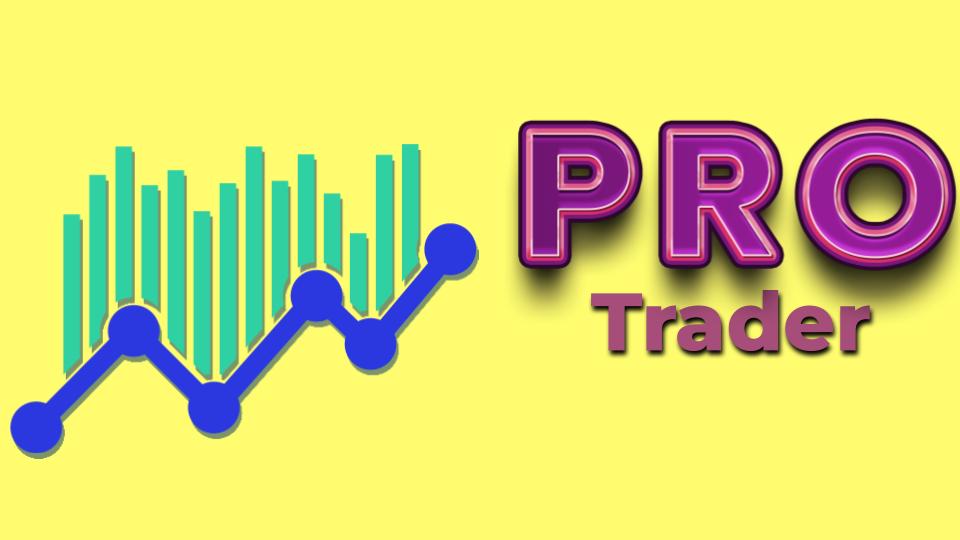The Best Intraday Trading Strategy
This course teaches the best Trading Strategy which works on the Footprints of big market players. This Strategy is designed to avoid confusion if using a combination of multiple Indicators. This course will provide in-depth knowledge of all important concepts of Demand & Supply Strategy. You will also get readymade indicator access to identify the right Entry & Exit
Key Learning Objectives
- Learn our unique strategy which works on footprints of Demand and Supply of big players.
- Learn Important Zone Formations
- Multi Time-frame Analysis.
- Right Entry & Exit Levels
- How to use the ProfitMax Demand & Supply Indicator
- Throughout the course, we focus on hands-on learning and real-world application across all modules. This helps to create a deep understanding and practical skill development.
Key Features:
- Learn the Best Trading Strategy with Specially Developed Indicators.
- Hands-On Learning: Practical sessions and case studies enhance understanding.
- Learn Intra-Day Trading, Swing Trading & Long-Term Investment trading Strategy.
- Single Strategy for Stocks, Commodity, Currency & Forex Market
Program Outcome:
By the end of our program, you will be an Expert in Demand & Supply Strategy. You will be able to Identify the right Entry & Exit Levels for Trading. You will gain the skills and confidence needed to execute trades using this Strategy.
- BASIC OF SHARE MARKET + Practical
- VARDAN STRATEGY for INTRADAY TRADING + Practical
Fundamental analysis and technical analysis is the pillars of stock market. It is an essential tool for investors and traders to make informed decisions, manage risks, to analyze market movements, identify patterns, and make informed decisions and build a successful investment strategy.
- Introduction to Share Market:
- Overview of the stock market, its functions, and its role in the financial ecosystem.
- Regulatory System of Share Market:
- Understanding the share market's regulatory bodies and systems to ensure a fair and transparent trading environment.
- IPO (Initial Public Offering):
- Explanation of IPOs, the process by which companies go public, and how investors can participate.
- How to Select a Company for IPO:
- Criteria and considerations for choosing companies when participating in an IPO.
- Important Things to Check Before Applying for IPO:
- Key factors and due diligence steps to take before applying for an IPO.
- Important Tools for IPO Selection and Fundamental Analysis:
- Overview of essential tools and methods used in analyzing companies and IPOs.
- Introduction of Technical Analysis:
- Overview of analyzing stock market data, focusing on historical price and volume patterns.
- Long Position:
- Explanation of taking a long position, where an investor expects an asset's price to rise.
- Short Position:
- Understanding a short position, where an investor bets on declining an asset's price.
- Elements of Trading:
- Insight into essential elements such as entry and exit points, stop-loss, and take-profit orders.
- Risk Management:
- Strategies to manage risks effectively, including position sizing and setting risk-reward ratios.
- Types of Charts:
- Explanation of different chart types, including line charts, bar charts, and candlestick charts.
- Types of Trends:
- Identification of trends—uptrends, downtrends, and sideways trends—essential for decision-making.
- Types of Candles:
- Understanding various candlestick patterns and their significance in price movements.
- Bullish Patterns (Two/Three Candlestick):
- Recognition and interpretation of bullish candlestick patterns for predicting potential price rises.
- Bearish Patterns (Two/Three Candlestick):
- Identification and analysis of bearish candlestick patterns indicating potential price declines.
- Support and Resistance:
- Understanding key levels where the price often stalls or reverses—critical for market analysis.
- Moving Support and Resistance:
- Analyzing dynamic support and resistance levels using moving averages, reflecting evolving market trends.
This module focuses on advanced Demand and Supply strategies, incorporating price action, multi-time frame analysis, and other tools to enhance trading precision.
1. Why Price Action?
- Understanding the significance of price action in analyzing market movements.
2. Benefits of Demand and Supply:
- Exploring the advantages of using Demand and Supply strategies in trading.
3. Identification of Zone:
- Techniques for identifying zones critical for Demand and Supply analysis.
4. What is Demand?
- Understanding the concept of demand in the context of market dynamics.
5. What is Supply?
- Understanding the concept of supply in the context of market dynamics.
6. Zone Booster:
- Strategies to enhance trading decisions using the concept of zone boosting.
7. Identification of Quality Zone:
- Recognizing high-quality demand and supply zones for effective trading.
8. Risk to Reward Ratio:
- Understanding and applying risk-to-reward ratios for balanced trading decisions.
9. Advance Price Action:
- Delving into advanced techniques in price action analysis.
10. Multi Time Frame Analysis (HTF, ITF, LTF, RTF):
- Analysing market trends and zones across multiple time frames.
11. Curve Analysis:
- Techniques for curve analysis to predict potential market movements.
12. Support and Resistance:
- Utilizing support and resistance levels within the Demand and Supply strategy.
13. High Probability Zone Identification:
- Strategies for identifying high-probability zones for trading.
14. Gap Study:
- Understanding and incorporating gap analysis into Demand and Supply strategies.
15. Show Some Zones and Examples of D & S:
- Practical demonstrations and examples illustrating the application of Demand and Supply strategies.
- 6-Month Unlimited Repeat Facility
- 1 Month of Vardan Strategy Indicator Access
- One-on-one problem-solving sessions with trainers
- Lifetime support in your financial journey
























Reviews
There are no reviews yet.